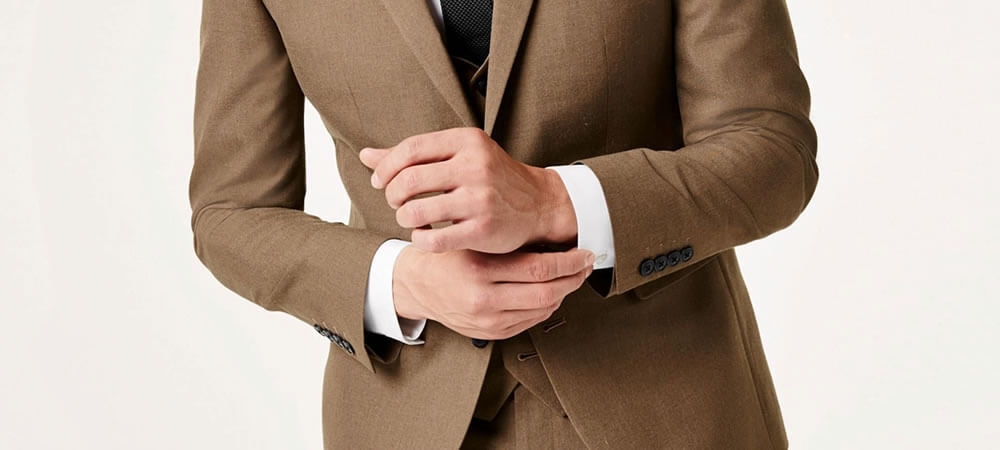Owning a watch, or a few of them is a beautiful thing for everyone. However, it’s not just about owning the watch, it’s also about wearing it, and wearing it right. Therefore, one of the main things that you should do is figure out how to pair your watch with your outfit.
This might sound daunting at first, especially if you aren’t that experienced with your outfit selection, and you might be left wondering how are you going to find watches for women, or men, that fit your wardrobe well.
Therefore, below we’ll take a look at a few common mistakes that people make when they’re trying to pair their watch to the rest of their outfit. We’ll show you how to fix them, and end up with a much better combination than you might’ve thought was possible
Not Matching Colors
This might sound trivial, but it is actually something that makes a lot of difference. For example, when you’re wearing a watch that has a leather strap, the strap’s color should match the color of your shoes, as well as the color of your belt.
Many people often make the mistake of going for a black strap and then having brown shoes and belt. You might not think of this a lot at first, but as you start to notice it more often, you’ll see that it actually is a problem.
Therefore, black straps go with black shoes and belts, and brown straps go with brown shoes and belts. You don’t need to have the band be the exact same color, but it should match the tone at least.
Not Matching the Formality
With so many different types of watches out there, it’s easy to make this mistake. However, there’s a reason why all of those different watch types exist. A dress watch is quite different from a Chrono watch, for example, and they’re both made for different purposes.
The principle to follow is that your clothes’ formality dictates your watch’s formality. For example, when you have a casual attire, you could go with almost any watch, but not with a dress watch. On the other hand, with a black-tie event, a dress watch is the only way to go. If you’re somewhere in the middle, for example, sharp casual, you could get away with a large watch that has plenty of complications, such as a pilot or field watch.
Forgetting That Metal Does Go with Metal
Every watch is made of some kind of metal. Well, at the very least, the watch face is. You could have a metal strap, or you could have a leather strap, but the watch face is always metal. And what many people seem to miss out on is that that metal should always complement any other metal accents on the rest of your accessories.
Whether that’s a ring you’re wearing, or your cuff links, or your belt buckle, you should make sure that they’re matching. The rule of thumb to follow is that all your accessories should be either gold or silver. Sure, you don’t need an exact match. A rose gold watch, for example, could work with a yellow gold buckle. It actually is close enough, and it does do the job.
Not Knowing That You Can Bend the Rules with Heirloom Watches
When it comes to watches that present family heirloom, most of the “rules” you’ll find on matching a watch to your outfit fall in the water. The reason for this is simple – an heirloom watch isn’t a fashion statement on your end. And it’s not something you wear according to what’s the latest trend in the fashion world.
Instead, it is a reminder of your family’s culture and history, and a great reminder of all the people that wore the watch before. Whether you’re the first to get it, or it has been in your family for generations, it’s definitely something you should appreciate. It’s also a great conversation piece and is something that could make you memorable in the eyes of many. Yes, they can bend, and outright violate most of the rules that you will come across when it comes to matching, and you’ve got a great reason for that.

